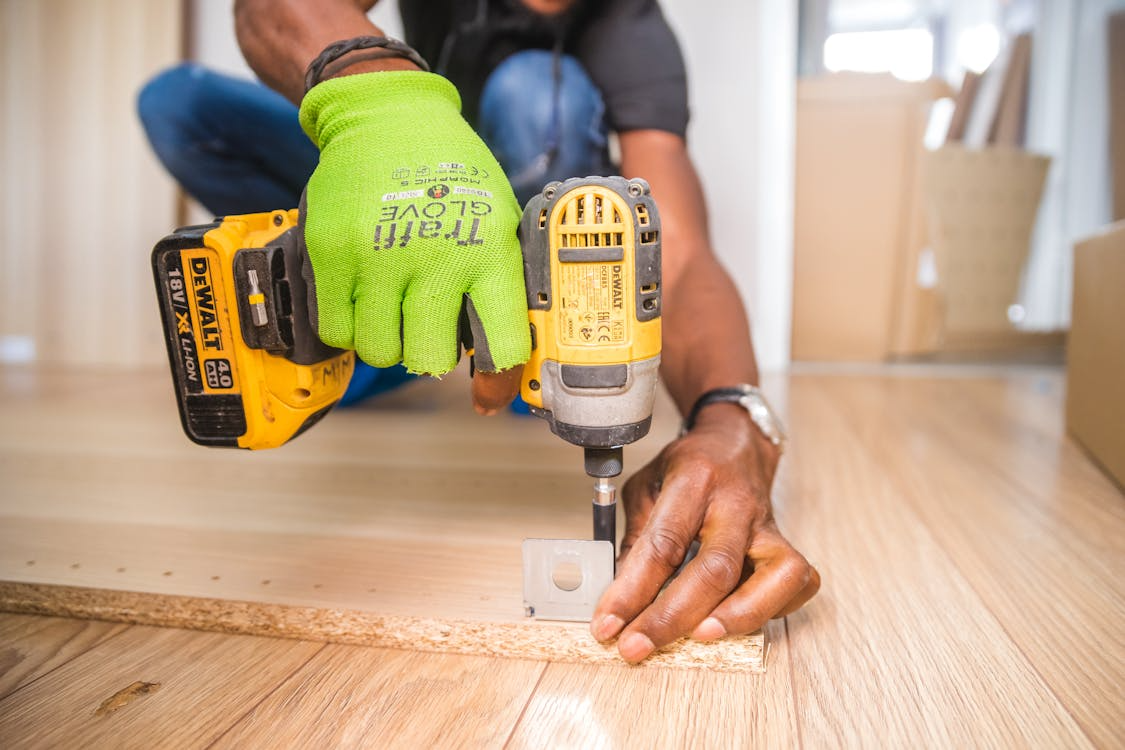Purchasing used heavy equipment can be a smart move for businesses looking to save money while expanding their fleet. However, the process requires careful consideration to ensure you’re investing in machinery that’s reliable, functional, and worth the cost. While used equipment can offer significant savings, overlooking critical details can lead to costly mistakes and unexpected repairs.
In this blog, we’ll discuss what to avoid when buying used heavy equipment, so you can make a confident and informed decision that benefits your operations.
Skipping a Thorough Inspection
One of the most critical mistakes to avoid is failing to conduct a detailed inspection of the equipment. Used machinery may have hidden issues that aren’t immediately visible but can cause problems later.
What to Look For During an Inspection
- Structural Damage: Check for cracks, welds, or corrosion on the frame, arms, and other structural components. These could indicate previous accidents or extensive wear and tear.
- Hydraulic System Leaks: Inspect hoses, seals, and cylinders for leaks or damage, as these are common points of failure in heavy equipment.
- Engine Condition: Listen for unusual noises, check fluid levels, and look for signs of smoke or leaks. A poorly maintained engine can lead to significant repair costs.
By conducting a thorough inspection or hiring a professional mechanic, you can identify potential issues before making a purchase.
Overlooking Maintenance Records
Another common mistake is neglecting to review the equipment’s maintenance history. Maintenance records provide valuable insights into how well the machine has been cared for over its lifespan.
Why Maintenance Records Matter
- Regular Maintenance: Consistent servicing indicates that the previous owner took good care of the equipment, reducing the likelihood of hidden issues.
- Repaired or Replaced Parts: Look for documentation on major repairs or part replacements, which can give you an idea of the machine’s current condition.
- Patterns of Neglect: Missing or incomplete records may signal neglect, increasing the risk of future breakdowns.
Always ask the seller for detailed maintenance logs to make an informed decision about the equipment’s reliability.
Failing to Verify the Hours of Use
The number of hours a machine has been in operation is a key factor in determining its value and lifespan. Ignoring this detail can result in overpaying for heavily used equipment.
Understanding Hours of Use
- Normal Wear and Tear: Machines with high hours may have more wear on critical components, requiring frequent maintenance.
- False Readings: Verify that the hour meter hasn’t been tampered with, as false readings can misrepresent the actual usage of the equipment.
- Compare with Age: Compare the hours of use to the machine’s age. Excessive use for its age may indicate heavy, potentially damaging workloads.
A low-hour machine is often a better investment, offering more operational life and fewer immediate repairs.
Ignoring Compatibility with Your Needs
Purchasing equipment that doesn’t match your project requirements or site conditions can lead to inefficiency and wasted money. It’s essential to consider the machine’s specifications and intended use.
Factors to Evaluate
- Size and Power: Ensure the equipment is powerful enough for your tasks but not oversized for your job sites, as this can increase fuel consumption and operating costs.
- Attachments: Check if the equipment supports the attachments or tools you need for your operations.
- Mobility: For tight or uneven spaces, smaller and more maneuverable equipment may be necessary.
By aligning your purchase with your specific needs, you’ll maximize the value and efficiency of your investment.

Neglecting to Check the Seller’s Reputation
The credibility of the seller plays a significant role in the quality of the equipment you’re purchasing. Buying from an unreliable source can lead to unexpected issues and challenges.
How to Vet the Seller
- Reviews and References: Look for reviews, testimonials, or references from previous buyers to gauge the seller’s reliability.
- Certification: Check if the seller is an authorized dealer or certified reseller of the equipment brand.
- Transparency: A trustworthy seller should be willing to provide detailed information, including inspection reports and maintenance records.
Buying from a reputable seller minimizes the risk of acquiring faulty or misrepresented machinery.
Forgetting to Factor in Additional Costs
The purchase price isn’t the only expense to consider when buying used heavy equipment. Forgetting to account for additional costs can strain your budget and reduce the value of your investment.
Common Additional Costs
- Transportation: Factor in the cost of transporting the equipment from the seller to your job site.
- Repairs and Upgrades: Budget for any immediate repairs or upgrades needed to bring the machine to working condition.
- Warranty or Insurance: If the equipment doesn’t come with a warranty, consider the cost of purchasing one for added protection.
By planning for these expenses upfront, you can avoid surprises and maintain your budget.
Conclusion
Buying used heavy equipment can be a cost-effective solution for growing your fleet, but it’s essential to avoid common pitfalls to ensure you get the best value for your money. Conduct thorough inspections, verify maintenance records, and assess the equipment’s compatibility with your needs. Additionally, work with reputable sellers and factor in all associated costs to make a confident and informed purchase.
By taking these precautions, you can invest in reliable, high-performing machinery that supports your projects and keeps your operations running smoothly.














